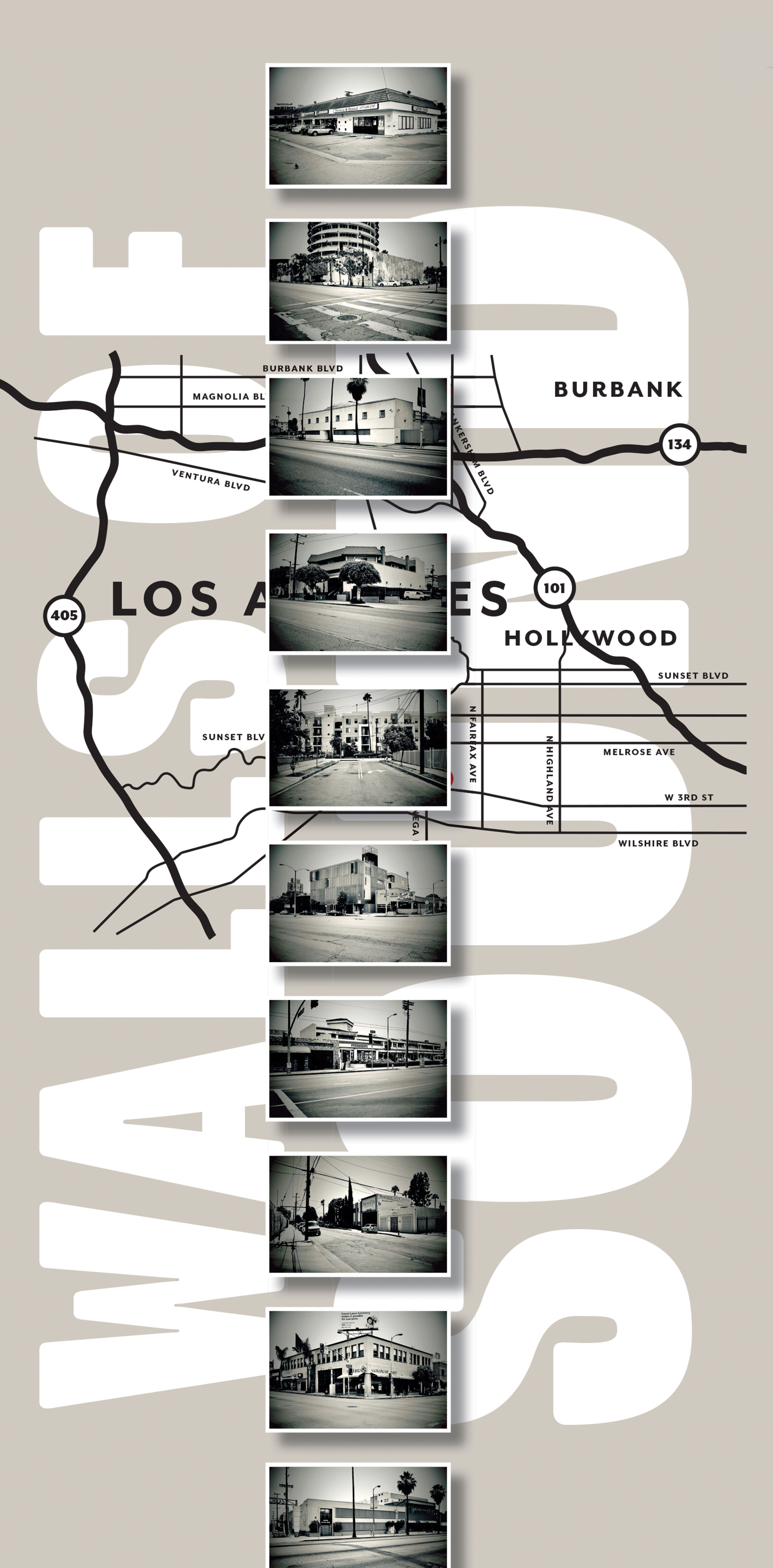I wanted some small-format speakers for monitoring a transfer chain I set up to digitize a medium-sized pile of old NTSC videos. These videos weren't great quality in the first place, but I wanted to get a reasonable 720p video resolution transfer and make sure the audio sounded as good as it originally was. So, when the Tape Op guys offered a review pair of JBL's new desktop-optimized powered monitors, I jumped at the opportunity.
The 104 Reference Monitors are part of JBL's new 1 Series, which includes only this product right now. They're designed for applications like better-than-average computer speakers, podcast production, home video production, etc. They are small and light enough to pack up and take on the road with a laptop, for times when you want to listen on speakers instead of headphones. They are coaxial monitors with a .75-inch tweeter in the center of a 4.5-inch woofer, built into a rear-ported plastic sorta-egg-shaped cabinet. A built-in Class D amplifier provides 30 watts per channel. In my testing, they don't get loud enough to rattle or break up, but also won't fill a large space with sound waves. They are designed for close-in listening.
Because of the rear port, these speakers need to be placed so the bass reflections are optimized. If they're too boomy, move them out from the wall. If they're too light, move them toward a wall or hard surface. I found them to sound best about 6-inches away from the wall. In the middle of a desktop surface, they didn't provide enough bass for my ears. Also beware of reflected combing effects if they're aimed down towards a desk or tabletop.
The right speaker contains the control center, and the left speaker connects via a standard speaker cable. JBL includes a thin-gauge cheapo "zip cord" wire. You might prefer a heartier cable, especially if they're widely spaced and you're listening near maximum volume. The right speaker's rear panel includes an on-off switch (inconveniently placed!) with inputs for unbalanced RCA and balanced TRS 1/4-inch connectors. The front panel contains a detented volume control, a mini headphone jack (which mutes the speakers when headphones are plugged in), and a mini TRS auxiliary input jack. There is no switching between inputs, so you can only run one input device at a time. And beware of ground loops if you have something plugged into the rear RCA jacks and the front mini headphone socket. I know JBL built these things for a low price point, but a front-panel power switch and an input selector would have really improved functionality in my opinion.
That said, the main goal of little speakers is to sound reasonably accurate to the source. With drivers this size, it's impossible to sound like full-sized speakers or even studio-grade nearfield monitors. They just can't move enough air or develop enough energy at low frequencies. Still, JBL is known for mad science with little speakers and these sound damn good for their size and price. For my intended purpose and use, they certainly did the job, and readily revealed any hum from a junky cable or telltale buzz from mis-tracking on a video playback. They were also useful for rebalancing the stereophony on a poorly done VHS HiFi tape.
When I finished using the 104s for video transfers, I took them up to the bedroom and connected them up to the headphone jack of our Samsung plasma TV. Wow did the sound improve! Even though the plasma TV is a little thicker than the standard LED flat-screen, its speakers are wimpy and it's hard to hear dialog across the room and forget about bass-heavy sound effects or music. The JBL 104s projected further and more clearly than I would have guessed. Keep them in mind instead of a TV soundbar.
These speakers are also a big step up verses the typical junk that comes with a desktop computer or are built into a computer monitor. Get ready to hear bass, and also get ready to hear how crappy the lossy audio attached to many online streaming videos sound. Could you use them to mix music for release? Maybe, but I'd verify what you're doing on good headphones and bigger speakers. Be sure not to overdo the bass to compensate for little speakers' inability to create low frequency energy. You also might scoop out the upper midrange a bit because these speakers can overdo it. However, they have a sound quality that a professional can understand and compensate for in their mixes. I might use them in a pinch, but would prefer to use them as a proof-of-sound alternate to full-sized studio monitors (in other words, execute the mix on bigger/better monitors but test it on little speakers like these to make sure it will work in the typical modern home listening environment).
At $149 street price, these little powered monitors can fit a lot of niches, and they punch above their weight.




_disp_horizontal_bw.jpg)